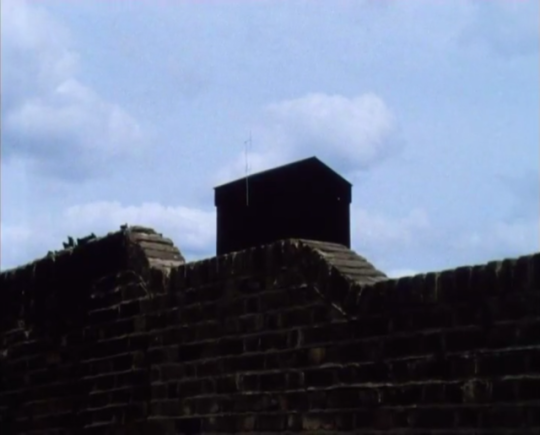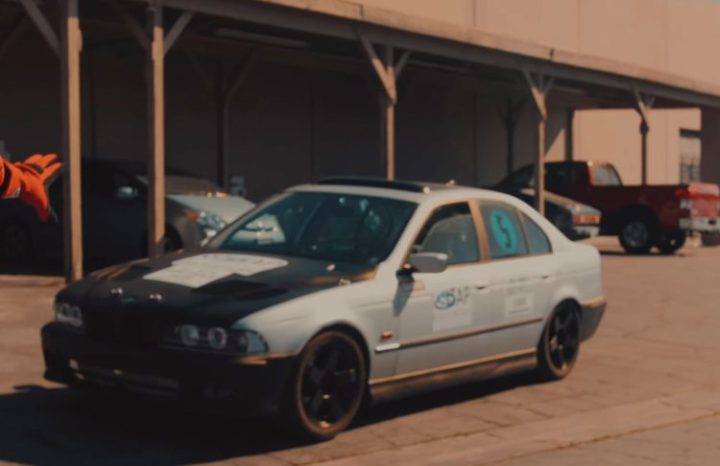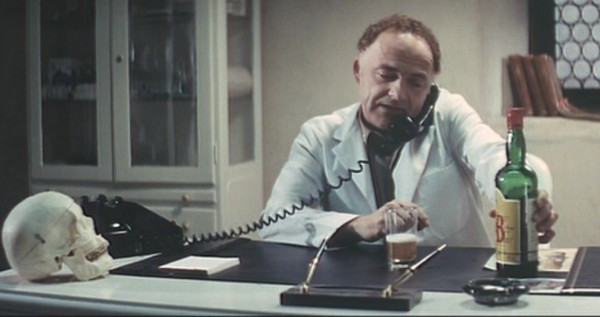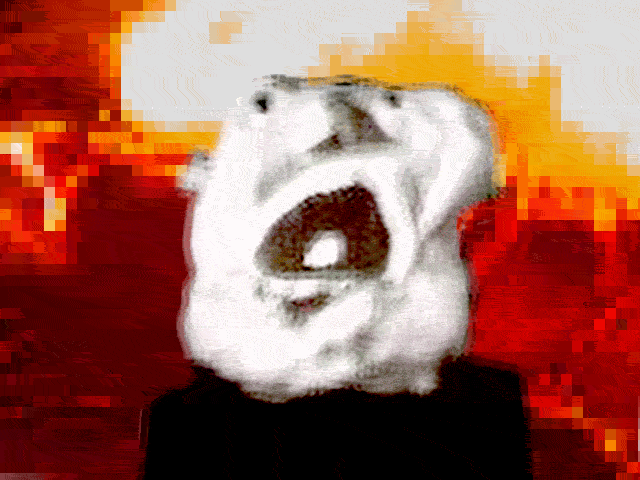“I panicked and started running. When I got to the end of the street, the tower was there waiting for me. I turned the corner, saw it again. I kept running, taking different turns, but whenever I looked up, I saw the tower. Whichever way I ran it was always in front of me. I got home and collapsed onto the bed, but when I closed my eyes, I saw the black walls of the tower staring back at me. They got darker and darker…”
When I was very young, our family would routinely drive across our town to visit an aunt in the next county. On the way there, you could see a very tall microwave tower in the distance. It was a sinister-looking, intimidating structure. It had two enormous dishes at the top that made it look like a giant insect standing upright. Worse, as we drove, the tower seemed to ‘follow’ us, moving very slowly. It was terrifying. At one point my father drove me several miles out into the middle of nowhere to show me the base of the tower and that it could not actually move.
What I experienced was kinematic motion, from the Greek root kine, meaning ‘movement’ (this is where we get the word ‘cinema’): Stationary objects will appear to move when seen from the point of view of a moving object. Close stationary objects appear to move away from you, while distant stationary objects appear to move ‘with’ or toward you.

John Smith’s The Black Tower reminded me not just of being five years old and seeing a structure that seemed ‘alive’ because it appeared to move but also of how ubiquitous objects can frighten us from their appearance alone, or of how forms adumbrate themselves, to use Husserl’s word. A child’s view of the world is largely phenomenological in that the shape and appearance of objects, structures, built environments, etc. has some bearing on whether they perceive them as a threat or not (a piece of furniture, a tree, etc.).
I don’t respond emotionally to films very often (I don’t watch them in order to do so; I don’t consider ‘sympathizing’ or ‘identifying’ with what happens very important and I’m not really interested in films that capture human experience in any mimetic way), but I loved this. This one seems as if it was distilled directly from my memory in that it’s a good example of how my memory works: homodiegetic narration against unpopulated scenes, structures and spaces are more vivid than people, ‘post-human’ narrative, etc.
Advertisements Share this:




